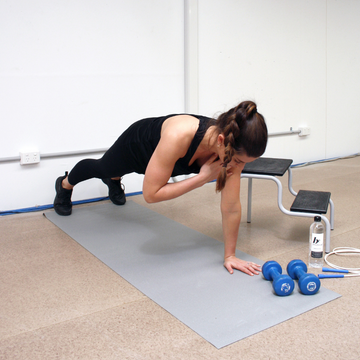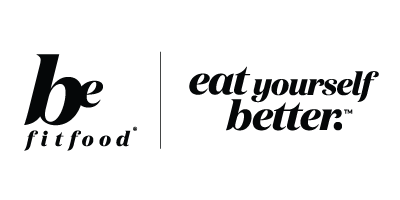There are three general categories of body types: ectomorph, mesomorph, and endomorph. Be Fit Food's meals have been designed to cater for all different body types and no matter what your body type, you will achieve your results using Be Fit Food.
Our body type is largely determined by our genetics, however, years of proper nutrition and training can change one’s appearance. Often people can be a mix of characteristics, rather than just falling perfectly into one category. Our body type can tell us a lot about how we might respond to different foods and our hormonal and sympathetic nervous system (SNS) characteristics.
Ectomorph Body Type:
Usually long and lean individuals with smaller bone structures. They tend to be thyroid and SNS dominant, often resulting in a faster metabolic rate and a higher carbohydrate tolerance. This group generally does well with slightly more carbohydrates in the diet, along with a moderate protein and lower fat intake.
Mesomorph Body Type:
Usually have a medium sized bone structure with an athletic build. Depending on exercise levels, these body types can often have a considerable amount of lean muscle mass and therefore good metabolism. This group generally does well on a mixed diet, consisting of balanced carbohydrates, proteins, and fats.
Endomorph Body Type:
Usually have a high body fat percentage and larger bone structure, often pear-shaped. They often have a greater tendency for energy storage and therefore generally do well on a lower carbohydrate diet, and higher fat and protein intake
Our body fat percentage is largely determined by our genetics, nutrition and exercise levels. For a female, a standard amount of healthy body fat may range from 20-32% and for a male 14-25%. For athletes, they usually have a much lower body fat percentage due to their rigorous training programs, specialised meal plans and higher metabolic rate.
If you have been struggling to lose body fat, then you may need a different approach to your diet and exercise. Be Fit Food has a range of meals that are designed specifically to assist with decreasing body fat. Particularly, the Rapid Weight Loss Program, which contains smaller portioned meals, all with a 1:1 protein to carbohydrate ratio, which helps the body to metabolise fats preferentially.
1. Kahn SE, et al. Obesity, body fat distribution, insulin sensitivity and islet beta-cell function as explanations for metabolic diversity. J Nutr 2001;131:354S-360S.
2. Haugen F, Drevon CA. The interplay between nutrients and the adipose tissue. Proc Nutr Soc 2007;66:171-182.
3. Koleva M, Nacheva A, Boev M. Somatotype, nutrition, and obesity. Rev Environ Health 2000;15:389-398.









